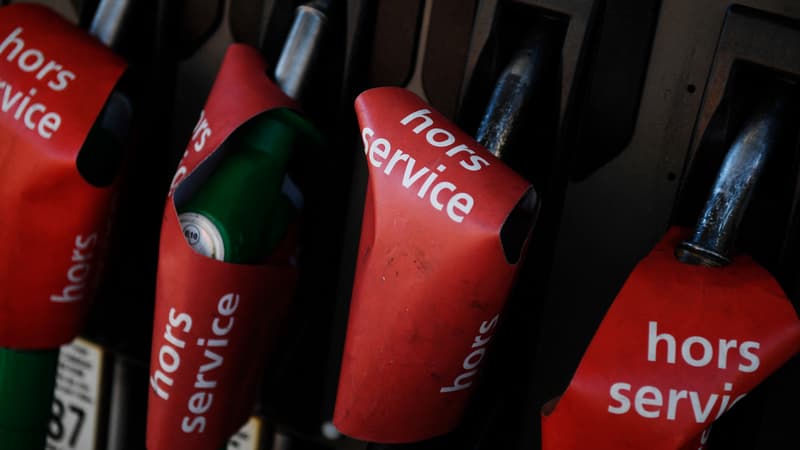Difficulties continue at service stations. Although the government chose this Tuesday to requisition certain deposits, how do the deposits and refineries work? How does the oil in the form of unleaded 95 or diesel get to the stations? Back on the path followed in France by black gold.
Step 1: crude oil is refined
Once the oil lands in France by sea (since almost all the black gold is imported into France), it obviously has to be transformed, refined to become gasoline, diesel or even kerosene (for aircraft) but also other processed products. as heavy fuel oil or bitumen.
Therefore, the oil is first moved by the oil companies to their refineries, which are:
- Gonfreville (Total) and Gravenchon (Esso) in Seine-Maritime
- Lavera (Petroineos) and Fos-sur-Mer (Esso) in Bouches-du-Rhône
- Donges (Total) in Loire-Atlantique
- Grandpuits (Total) in Seine-et-Marne
- Feyzin (Total) in the Rhône
For comparison, there were about twenty refineries in the 1970s.
In this transformation of the oil, each distributor adds additives and detergents to comply with a product quality charter. Various analyzes are also carried out to ensure that the gasoline complies with the regulations and requirements of the automotive industry.
Step 2: the processed products are transferred
Once processed, the petroleum products are transferred to storage units, most often through a network of buried pipelines (6,000 kilometers in France), but they can also travel by road, train or river. The largest tanks can contain up to 10,000 cubic meters of fuel.
Step 3: products stored in oil tanks
Fuels and other products are stored according to their nature: there are more than 200 warehouses in mainland France shared by the main oil companies.
At all times, they must contain at least 3 months of reserves, these are the famous strategic stocks that the State can mobilize at any time (if the deposit is not blocked).
In 2018, the total storage capacity in France reached 19.5 million cubic meters.
Stage 3: Tanker Truck Supply Service Stations
From these storage units, the oil companies (TotalEnergies, Esso, etc.) use tanker trucks to supply the service stations of their respective networks or of their clients (mainly mass distribution).
Each “full” of these stations allows them to have an average autonomy of two to three days in their tanks.
France had 11,151 service stations still in operation at the end of 2021, according to the latest data from Ufip Energies and Mobility. While the number of traditional service stations owned by oil companies and independents tends to decrease, that of GMS (supermarkets and supermarkets) grows every year.
Source: BFM TV


